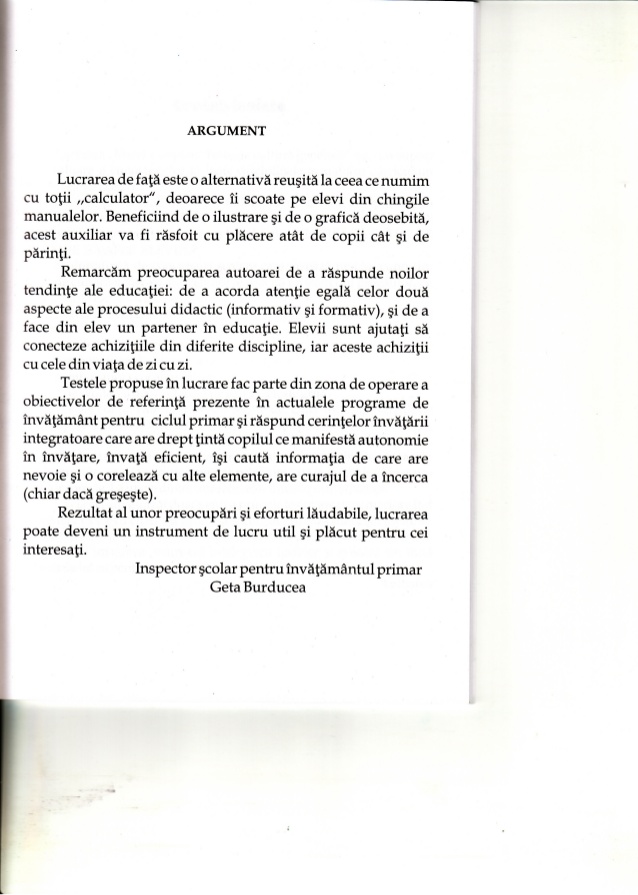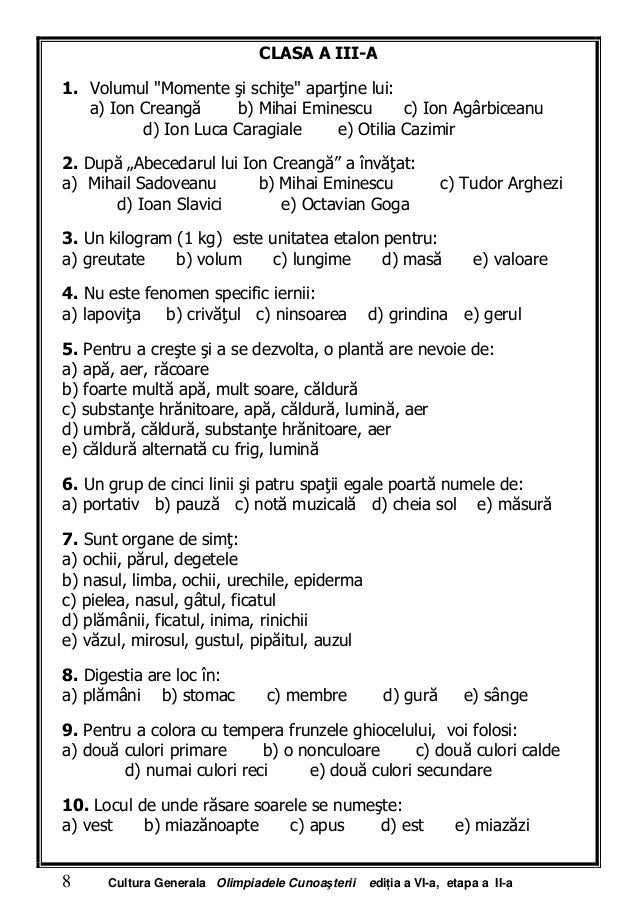

Citotoxicity evaluation for polyhema hydrogels: an in vitro study. Hidrogéis de polihema: um estudo in vitro. At higher concentrations (5 and 10 wt %), and higher molecular weights (920, 1400, and 2250 g mol⁻¹), the PE-b-PEG copolymers leached-out resulting in protein adsorption comparable to that of neat PP. The PP blends compounded with PE-b-PEG copolymer having the lowest molecular weight (875 g mol⁻¹), at the lowest concentration (1 wt %), gave the lowest bovine serum protein adsorption (30% less) compared to that of neat PP.

Enrichment of PEG chains at the surface of the blends increased with increasing PE-b-PEG copolymer concentration and molecular weight. Phase separation of the PE-b-PEG copolymer and its migration to the surface of the PP blend, was confirmed by attenuated total reflectance–Fourier transform infrared, X-ray photoelectron spectroscopy, and static water contact angle measurements. Protein-resistant polyethylene-block-poly(ethylene glycol) (PE-b-PEG) copolymers of different molecular weights at various concentrations were compounded by melt blending with polypropylene (PP) polymers in order to enhance their antifouling properties.


 0 kommentar(er)
0 kommentar(er)
